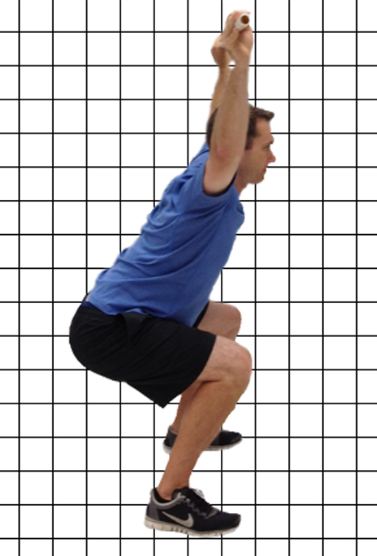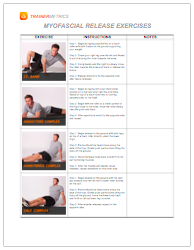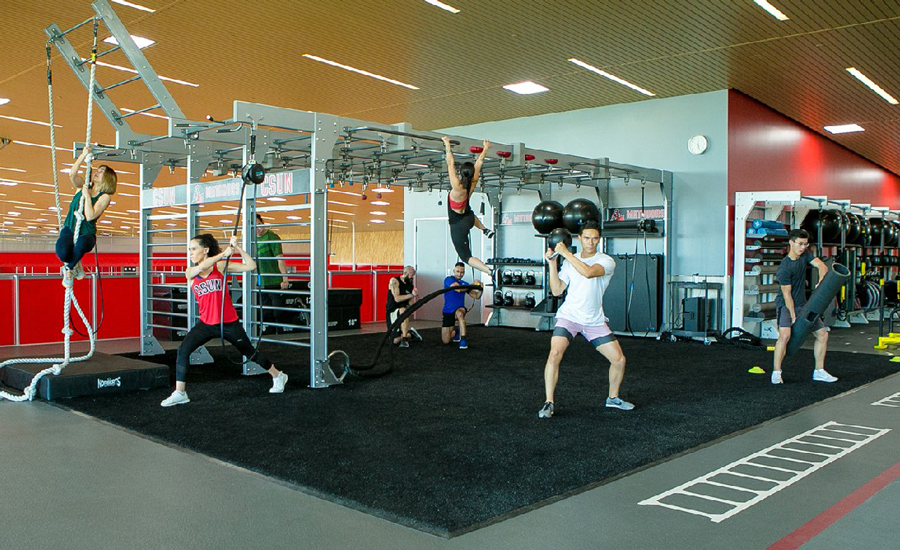Corrective Exercise: Where to Start

The majority of people ask the question, “what should I really be working on in the gym,” and my response is usually, “what aren’t you working on?” We all like focusing on our strengths or what is fun, but incorporating necessary corrective exercise will help you move better and provide a solid starting point for any performance and skill level.
WHY CORRECTIVE EXERCISE?
We all know that we can work on our posture, but what does that mean really, that we need to feel and move better? Being that humans should be moving versus staying still, let’s not think about static posture rather dynamic posture. Having a properly aligned and functioning kinetic chain allows the human body to move not only efficiently but also functionally during daily activity. One way that we can get a general understanding of how well someone can functionally move is by watching a dynamic movement like a squat (although this is not the only movement).
OBSERVING THE OVERHEAD SQUAT

- Have the client or friend begin with feet shoulder width apart and arms fully extended bisecting ears, (shoes off and eyes closed is optional).
- Flex knees and hips so their body moves into a squat like motion with arms remaining over head. (It is most effective for the practitioner instruct the participant to allow 3-4 seconds for both phases of the squat.)
- Continue having the participant squat until the knees are close to 90 degrees if possible.
- The instructor should be evaluating the kinetic chain from the front (anterior), side (lateral), and rear (posterior) view points and screening the ankle, knee, limbo-pelvic-hip, shoulder, and cervical complexes.
WHAT ARE THE BENEFITS OF CORRECTIVE EXERCISE?
Based on the instructors observation, he or she should be able to compile a list of exercises based on off certain muscular deviations during the squat. These exercise concentrate on inhibiting overactive muscle groups and strengthening inactive muscle groups to better balance the body during every day movement.
It doesn’t matter if you are going to the gym or not, you can do corrective work anywhere because minimal equipment is required. Once you have a clear understanding of what muscles need to be “rolled “and stretched as well as which groups need to be “turned on,” it is extremely helpful to implement corrective exercise in the beginning of your workout routine.
Corrective Exercise Reference Manual

Straight Forward Prehab Guide
- Myofascial release, flexibility, & activation exercises.
- Step by step insructions with photos.
- Perfect print out for functional training area.



